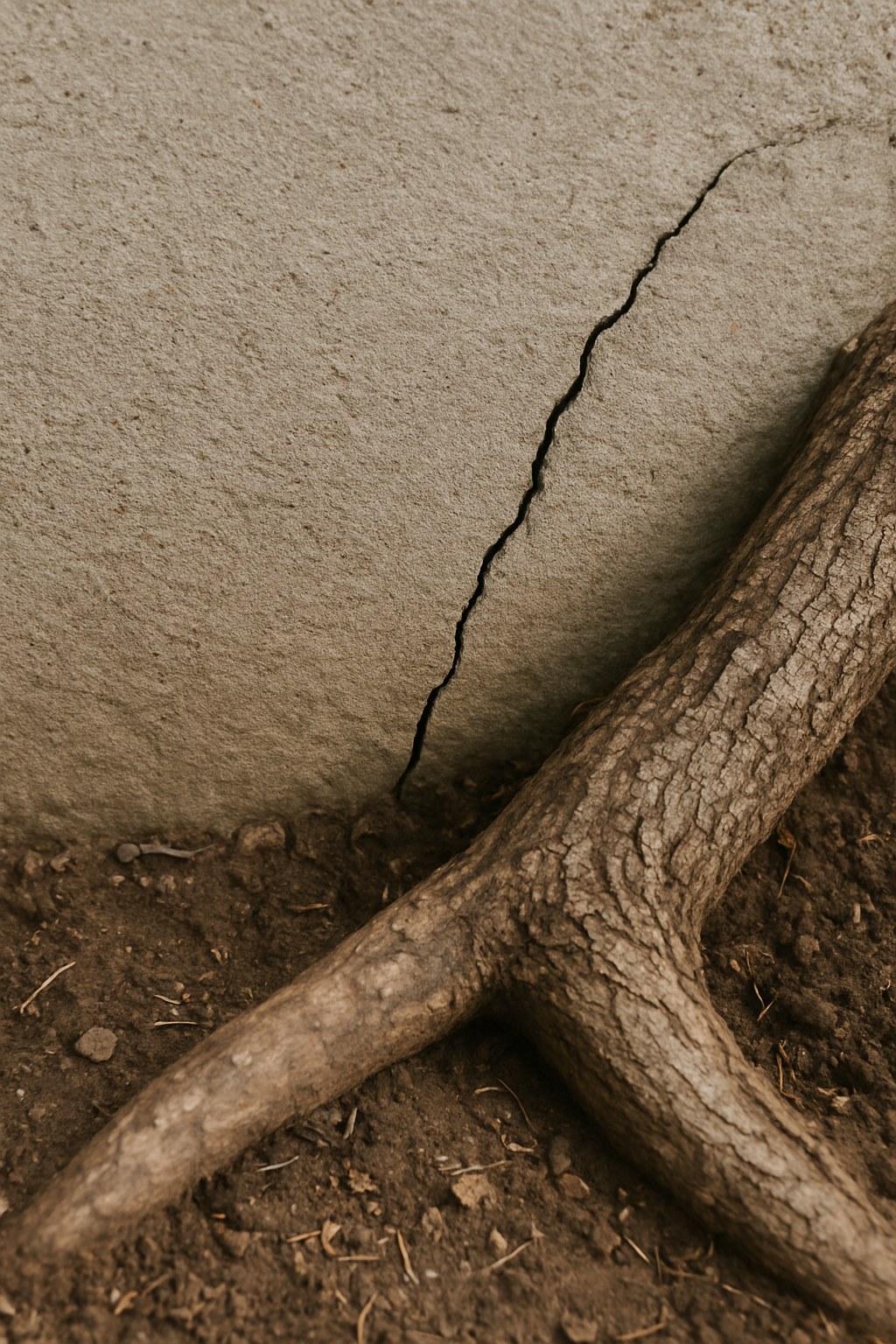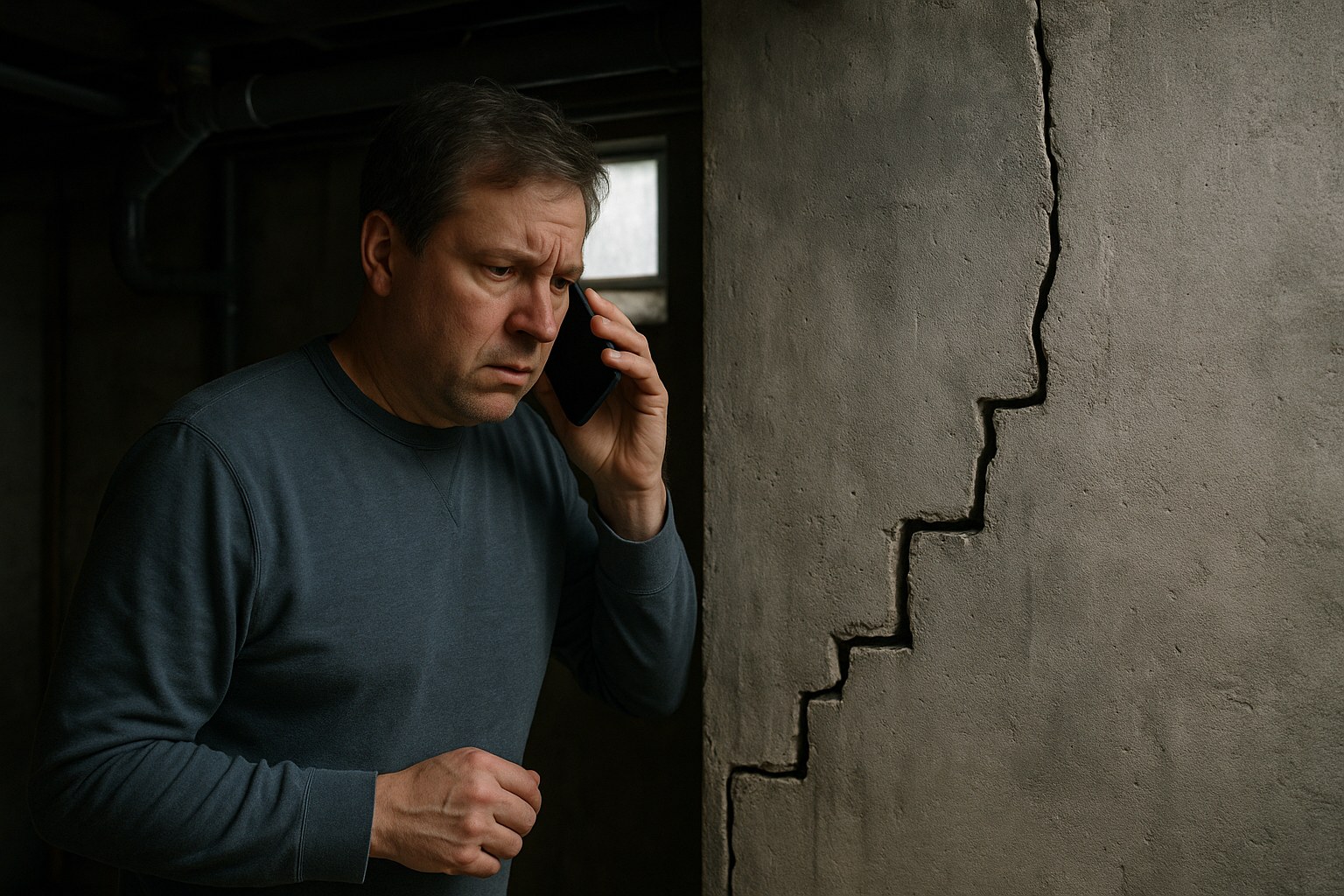How to Fix Foundation Cracks Caused by Tree Roots
Loading content…
Loading content…
Seeing a crack in your home’s foundation is a heart-sinking moment for any homeowner. Your mind immediately jumps to worst-case scenarios and costly repairs. While it’s a serious issue that should never be ignored, the cause might be rooted (quite literally) in your own backyard. Those beautiful, mature trees providing shade and curb appeal can sometimes be the source of foundation damage.
The good news is that not every crack signals a catastrophe. Many foundation issues, especially those caught early, can be managed effectively. The key is to know what you’re looking at, understand the cause, and take the right steps to fix it.
Ignoring the problem can lead to significant structural damage, water intrusion, and pest infestations, with repair costs running into the thousands. According to Forbes Home, foundation repairs can cost anywhere from $2,000 to over $7,500 on average, with major issues climbing even higher.
In this guide, we'll walk you through how to play detective with your foundation. We’ll help you inspect the cracks, determine if tree roots are the likely culprit, and outline your action plan, whether it's a weekend DIY project or a call to a professional.

It’s easy to imagine a big, strong root simply pushing its way through concrete, but the reality is a bit more complex. Tree roots typically damage foundations in two main ways:
Direct Pressure: As a tree grows, its root system expands in search of water and nutrients. If a root encounters your foundation, it will continue to grow and thicken, exerting immense, slow-motion pressure. Over years, this force can be powerful enough to crack concrete and shift the foundation.
Soil Dehydration (Indirect Damage): This is a more subtle but equally damaging process. Large trees are incredibly thirsty, drawing dozens or even hundreds of gallons of water from the soil each day. In regions with clay-heavy soil, this can cause the soil to shrink dramatically as it dries out. This shrinkage leads to soil settlement, creating voids under your foundation. The foundation, now unevenly supported, can sink and crack under its own weight. This is particularly common during periods of drought.
Now that you understand the "how," let's figure out what's happening at your house.
Before you can fix the problem, you need to understand its severity. It’s time to get up close and personal with your foundation. Grab a good flashlight, a tape measure, and your smartphone for taking pictures.
Let’s walk through this together:
The Critical Question: When Should You Worry?
This inspection will help you categorize the cracks. Here’s the general rule:
Once you’ve assessed the cracks, it’s time to see if a tree is the likely cause.
A good rule of thumb is that a tree's root system can spread out two to three times its height. However, for foundation safety, a more conservative rule applies: If a tree is closer to your foundation than its expected mature height, its roots are close enough to be a potential threat.

Your next steps depend entirely on what you discovered during your inspection.
If your inspection revealed wide, horizontal, or stair-step cracks, this is not a DIY job. Your home’s structural integrity could be at risk.
When you call, explain what you found: the size and pattern of the cracks and the proximity of the suspected tree.
If you have hairline cracks and a tree that’s too close for comfort, you can take proactive DIY steps to prevent the problem from getting worse. The best solution is installing a root barrier.
A root barrier is a wall of high-density plastic installed underground to deflect roots down and away from your foundation.
How to Install a Surface Root Barrier:

If your cracks are minor and trees aren’t the likely cause, the issue is probably normal settling. Your job is to seal the cracks to prevent water from getting in, which can freeze, expand, and make the cracks worse.
How to Seal Cosmetic Foundation Cracks:
After taking these steps, be sure to monitor the foundation every six months to make sure no new cracks appear.
Whether you've fixed a crack or want to prevent one, here are some final tips:
Dealing with foundation issues can feel overwhelming, but you don’t have to tackle it by yourself. Whether you’re attempting a DIY repair or trying to find a trustworthy professional, having a reliable partner makes all the difference.
Download the Casa app today! Our app provides easy-to-follow, step-by-step guides for hundreds of home maintenance tasks. For bigger jobs, we can connect you with our network of vetted, high-quality professionals in your area, from certified arborists to structural engineers. Take the guesswork out of homeownership and protect your biggest investment with Casa.